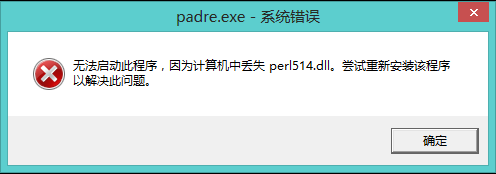my $EMPTY = q{};
use constant TRUE => ( 1==1 );
use constant FALSE => ( 1==2 );
my $a = ""; vs my $a = $EMPTY;
my $b = 0; vs my $b = FALSE
应该使用哪种方法有什么区别?
这取决于某些情况吗?
如果是这样的话,那些关于你何时想要使用我的$b = 0的情况是什么;我的$b = FALSE,反之亦然?
解决方法
>“”和q {}都生成零长度字符串.
>perl -MDevel::Peek -e"$_ = q{}; Dump($_);"
SV = PV(0x306748) at 0x4c9058
REFCNT = 1
FLAGS = (POK,pPOK) <--- Contains a string.
PV = 0x4ac9e8 ""\0
CUR = 0 <--- Length of the string is zero.
LEN = 16
> 0产生数字零.
>perl -MDevel::Peek -e"$_ = 0; Dump($_)" SV = IV(0x229088) at 0x229098 REFCNT = 1 FLAGS = (IOK,pIOK) <--- Contains a signed integer. IV = 0 <--- Contained integer is zero.
>(1 == 2)生成标量包含空字符串且数值为零.
>perl -MDevel::Peek -e"$_ = 1==2; Dump($_);" SV = PVNV(0x1fc598) at 0x259038 REFCNT = 1 FLAGS = (IOK,NOK,POK,pIOK,pNOK,pPOK) <--- A signed int,a float and a str. IV = 0 <--- Contained integer is zero. NV = 0 <--- Contained floating point number is zero. PV = 0x23ca18 ""\0 CUR = 0 <--- Length of the string is zero. LEN = 16



